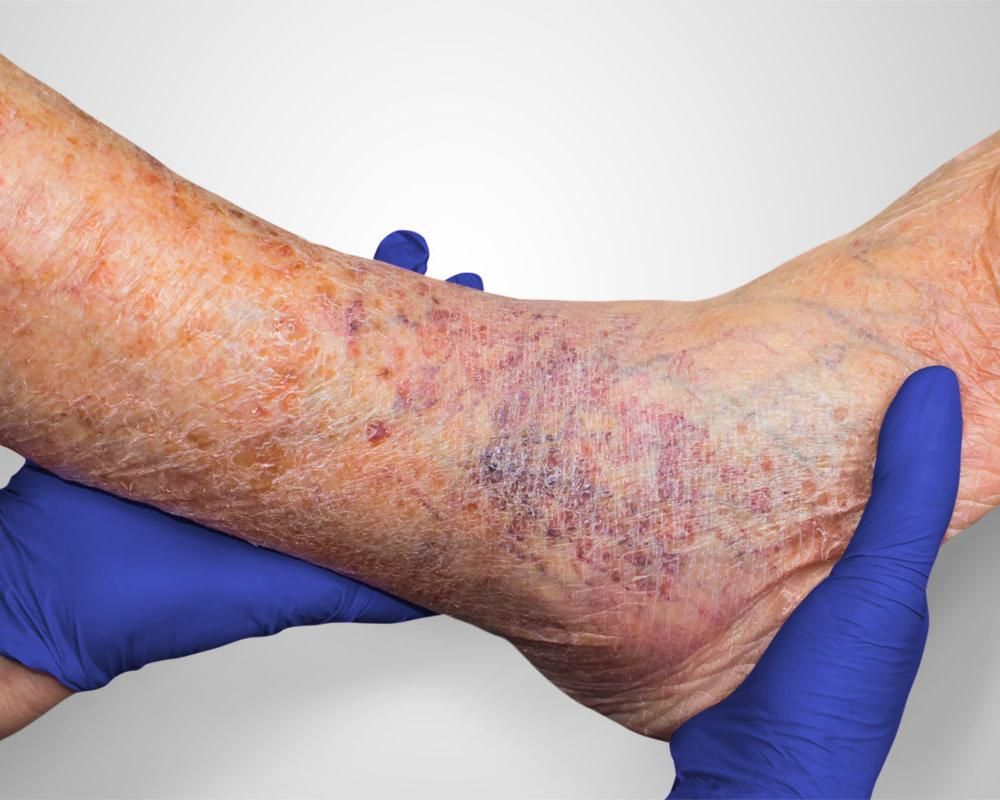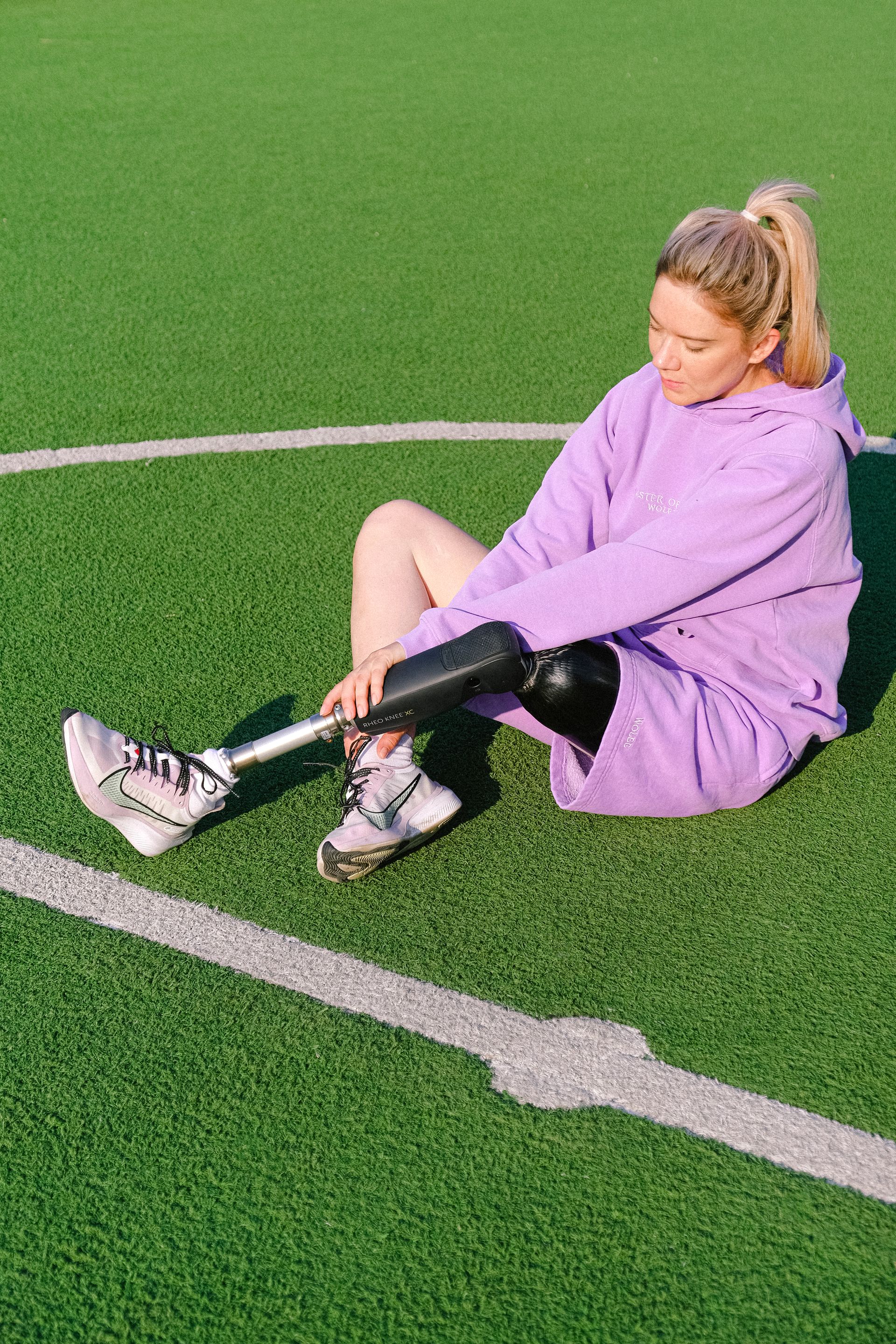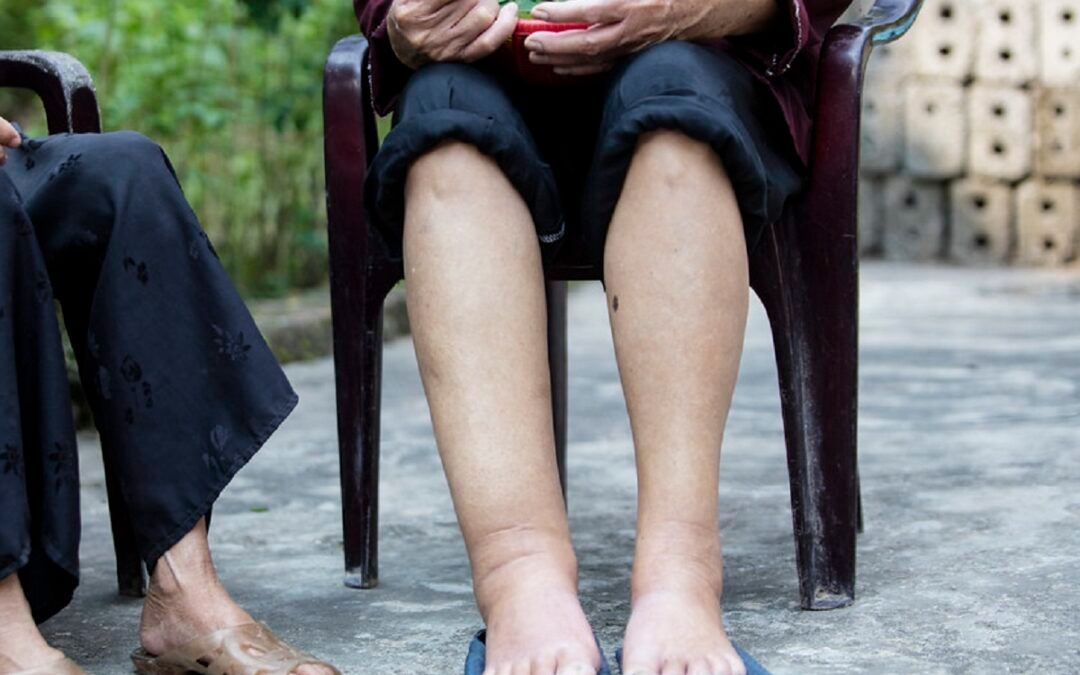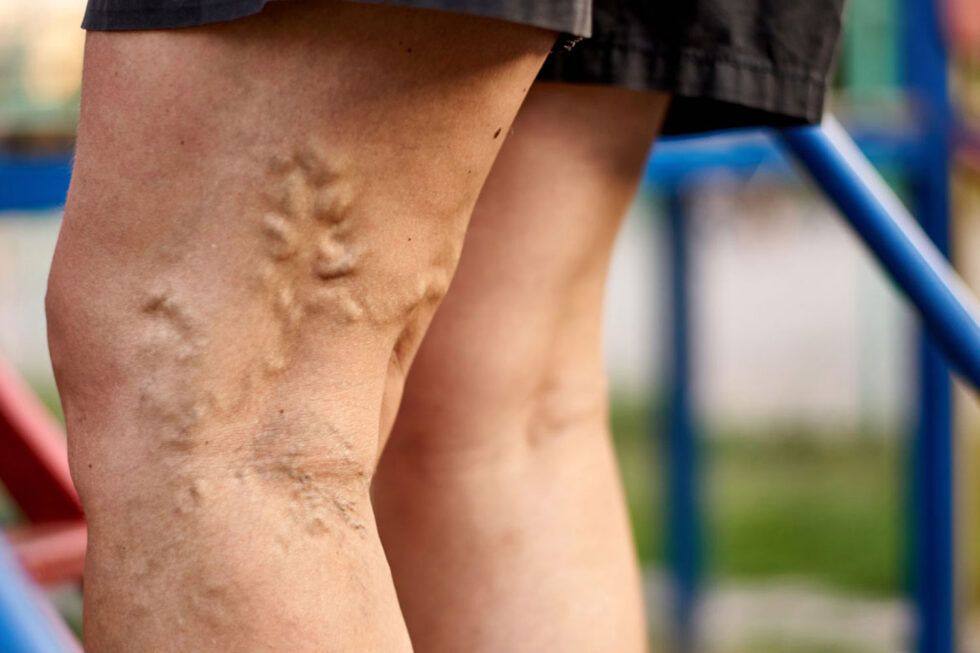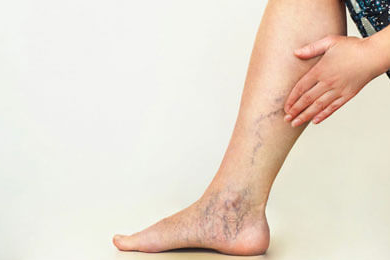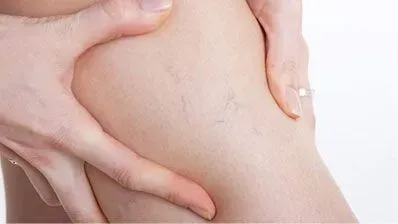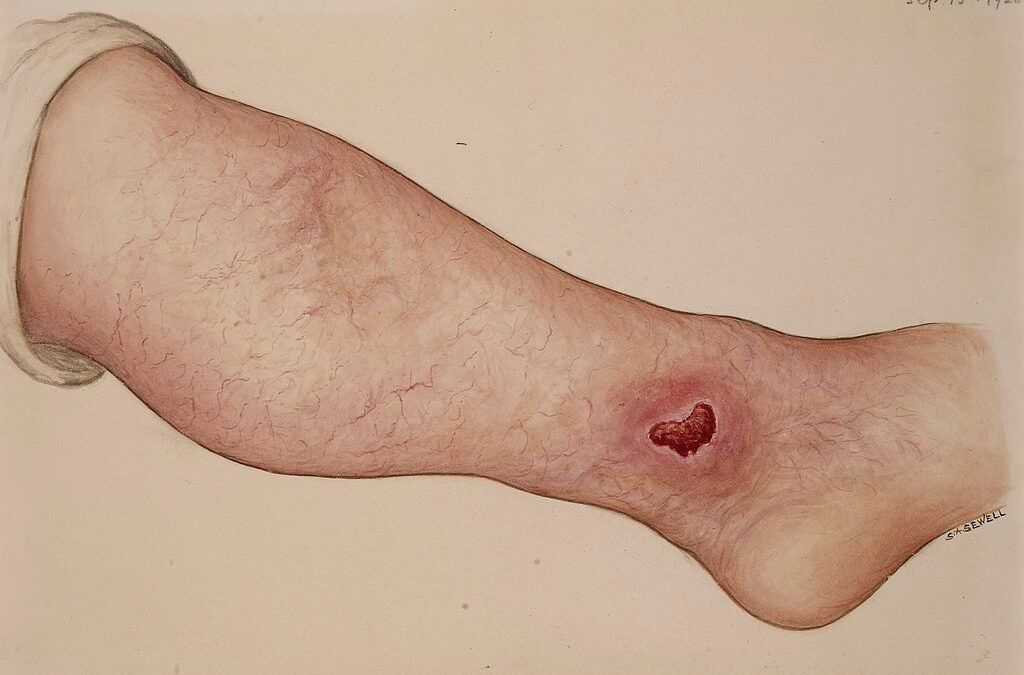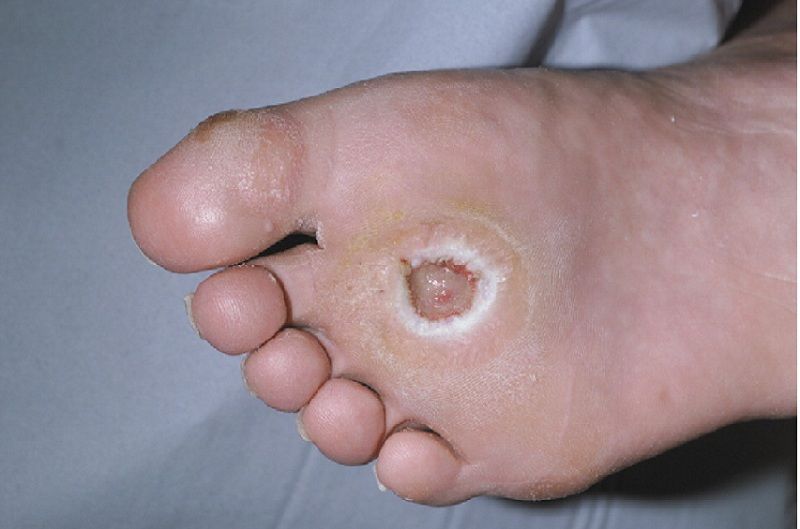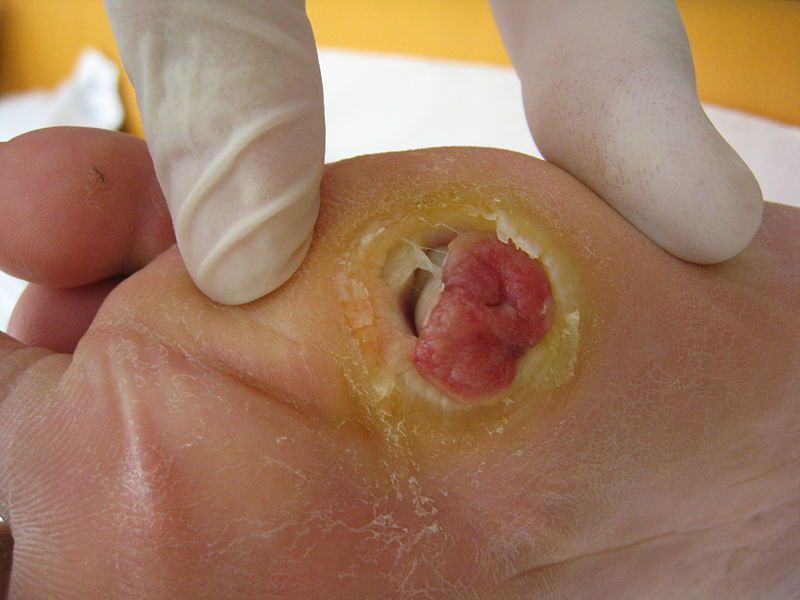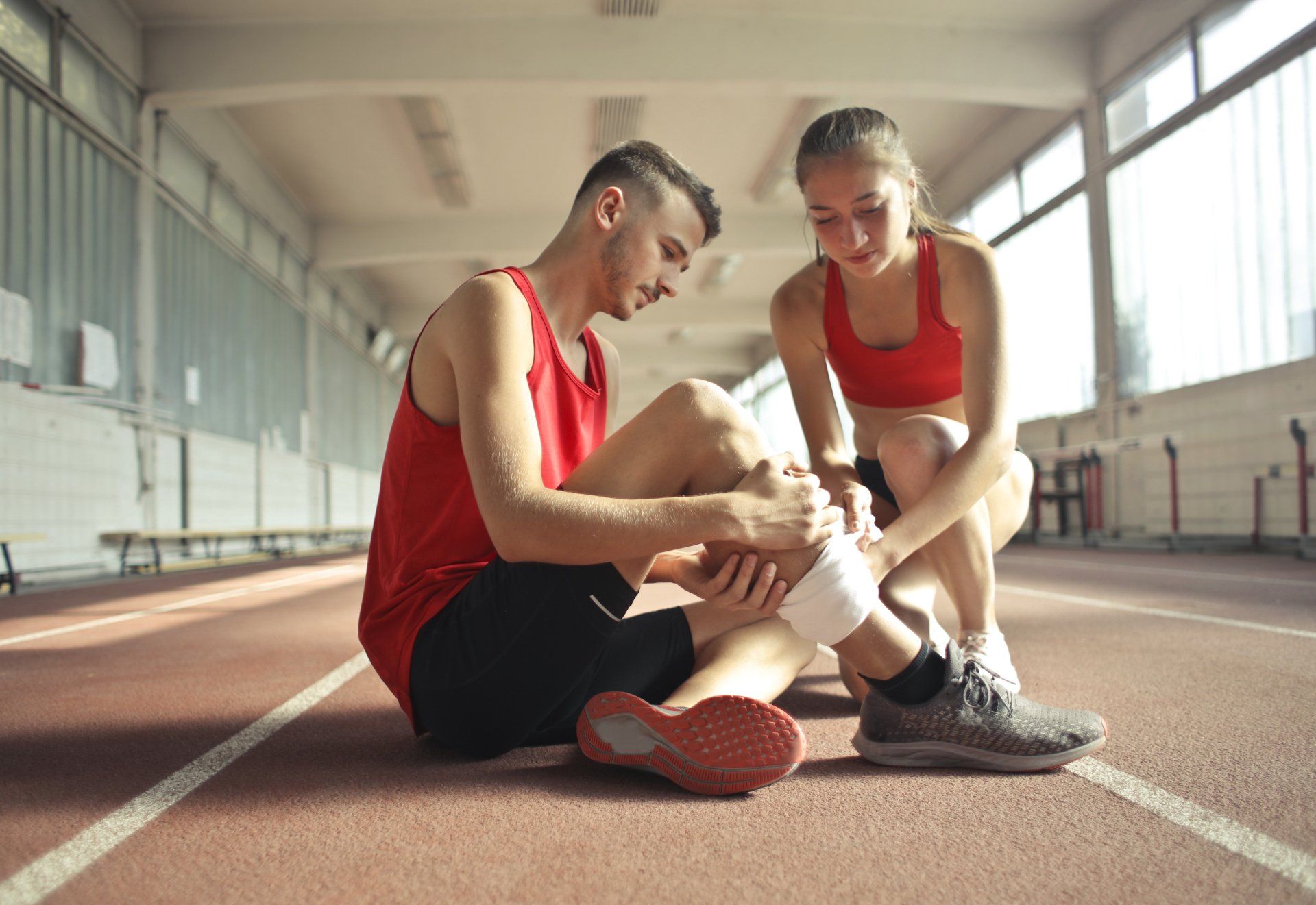Understanding Varicose Veins: Causes, Symptoms, and Treatment Options
How dangerous are varicose veins and how do you treat them?
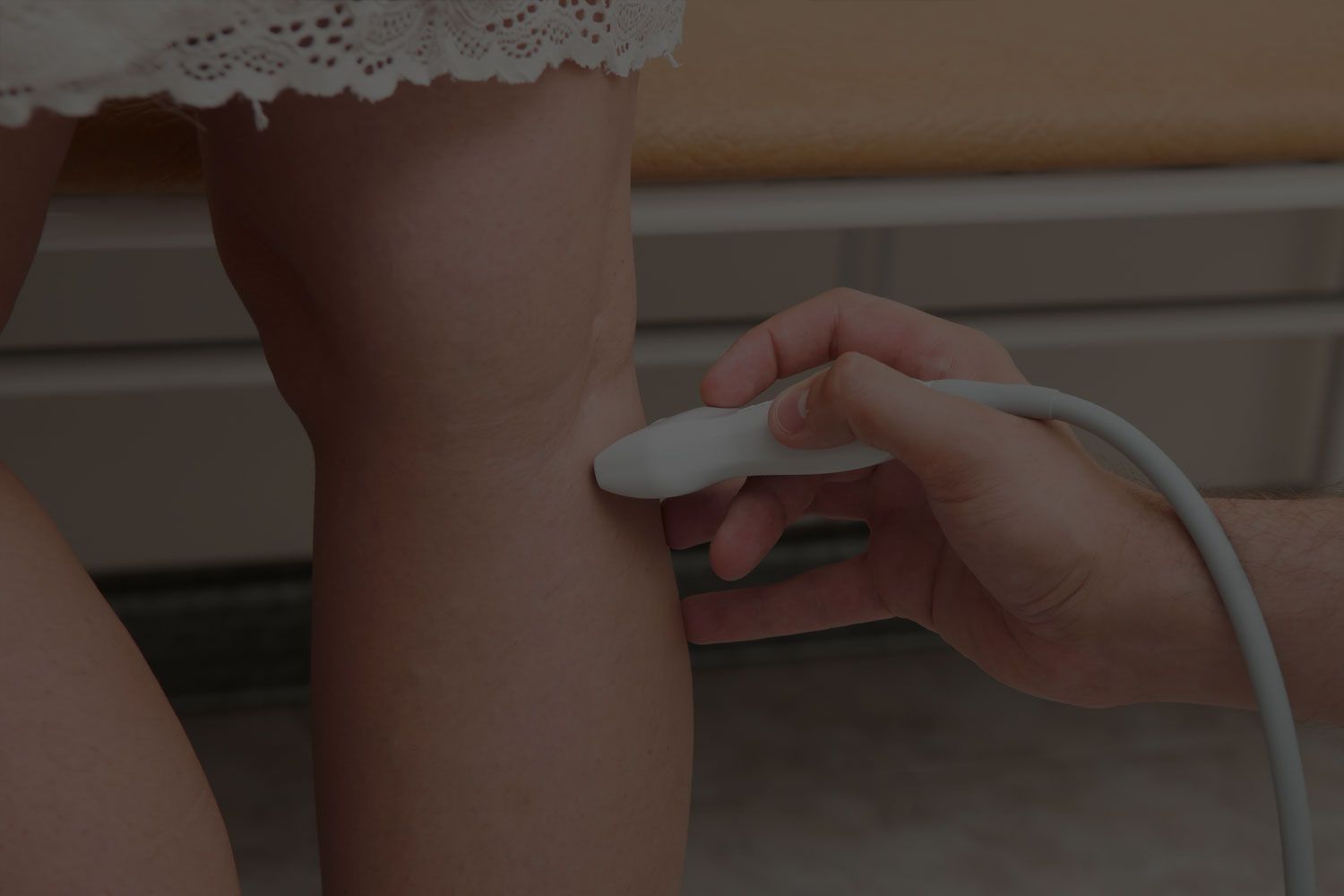
Varicose veins, those winding, bulging veins often found on legs, can be more than a cosmetic concern. Understanding their causes, symptoms, and treatment options is crucial for anyone affected. These veins, typically caused by weakened valves and increased pressure in the veins, can lead to discomfort and complications if left untreated. By knowing what to look for and how to manage them, individuals can take control of their health and reduce symptoms. Let's explore this topic further to shed light on managing varicose veins effectively.
What are Varicose Veins?
Varicose veins are enlarged, twisted veins commonly seen in legs. They occur when valves in veins malfunction, causing blood to pool. Unlike other vascular conditions, varicose veins are superficial and affect veins just beneath the skin. While they may not always pose serious health risks, they can lead to discomfort and complications if untreated. It's essential to distinguish varicose veins from conditions like deep vein thrombosis, which affects deeper veins. Understanding these differences can help individuals seek appropriate treatment and
manage varicose veins
effectively.
Causes of Varicose Veins
Understanding the causes of varicose veins is crucial for effective management. Genetics and family history play a significant role; if your parents had them, you're more likely to develop them. Age-related changes also contribute, as veins weaken over time. Gender can't be overlooked; women are more prone to hormonal fluctuations. Lifestyle factors such as obesity, lack of physical activity, and prolonged sitting or standing exacerbate the condition.
Thankfully, recognizing these factors allows for proactive measures. Regular exercise, maintaining a healthy weight, and avoiding prolonged periods of inactivity can help prevent varicose veins.
Clinics specializing in varicose vein management
offer personalized treatment plans to address these factors and alleviate symptoms effectively.
Symptoms of Varicose Veins
Varicose veins often make their presence known through various symptoms. Visible signs include bulging veins that appear twisted or rope-like and spider veins, which are smaller, web-like clusters of veins. Physical symptoms can range from mild discomfort to significant pain, itching, and swelling, especially after prolonged standing or sitting.
Without proper management, varicose veins can lead to complications such as skin ulcers, where the skin breaks down around the affected veins, and blood clots, which pose serious health risks. Recognizing these symptoms early on is crucial for seeking appropriate treatment and preventing complications. If you experience any of these symptoms, it's essential to consult a healthcare professional for evaluation and guidance.
Treatment Options
When managing varicose veins, a combination of lifestyle interventions and medical treatments can provide relief. Lifestyle changes like regular exercise and physical activity promote better circulation and muscle tone, reducing the risk of varicose veins worsening. Weight management also plays a crucial role, as excess weight puts added pressure on veins. Avoiding prolonged periods of sitting or standing helps prevent blood from pooling in the veins. Additionally, periodically elevating legs above heart level can ease discomfort and swelling.
Medical interventions offer targeted relief for varicose veins. Compression stockings provide external pressure to support vein function and alleviate symptoms. Sclerotherapy involves injecting a solution directly into affected veins, causing them to collapse and fade. Procedures like Endovenous Laser Treatment (EVLT) and Radiofrequency Ablation (RFA) use heat energy to seal off problematic veins. Surgical options such as vein stripping or ligation may be recommended in more severe cases.
Consulting a
Clinic For Varicose Veins Management
can help individuals explore these treatment options and develop a personalized plan for effective management.
Prevention
Preventing varicose veins is vital to effective management and overall well-being—healthy lifestyle habits, such as maintaining a balanced diet and staying hydrated, support vein health. Regular exercise, particularly activities that engage the legs, like walking or swimming, promotes good circulation and muscle strength. Weight management strategies help reduce pressure on veins, easing the risk of varicose veins developing or worsening. Proper leg positioning, such as avoiding prolonged sitting or crossing legs, prevents blood from pooling in veins.
Choosing loose-fitting clothing over tight garments prevents unnecessary pressure on veins. Monitoring symptoms like pain, swelling, or skin changes and seeking prompt medical advice from a
Clinic For Varicose Veins Management
can prevent complications. If left untreated, varicose veins can lead to more severe issues such as ulcers or blood clots. Being proactive about prevention and attentive to symptoms ensures optimal vein health and reduces the need for more invasive treatments.
Conclusion
In conclusion, preventing varicose veins is achievable through lifestyle adjustments and early intervention. Individuals can reduce their risk of developing varicose veins by adopting healthy habits, such as regular exercise and weight management. Equally important is the timely recognition of symptoms and seeking guidance from a Clinic For Varicose Veins Management. Early diagnosis and treatment are crucial to preventing complications and improving vein health. By empowering individuals with knowledge and access to medical and lifestyle interventions, we can effectively manage varicose veins and promote a better quality of life.
